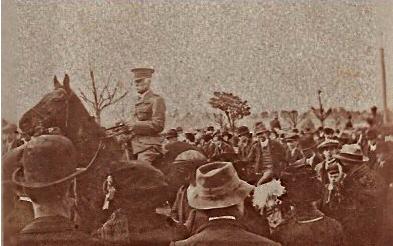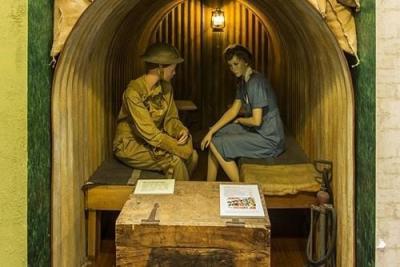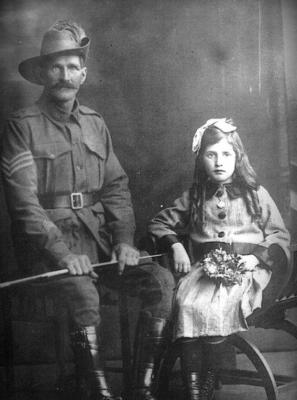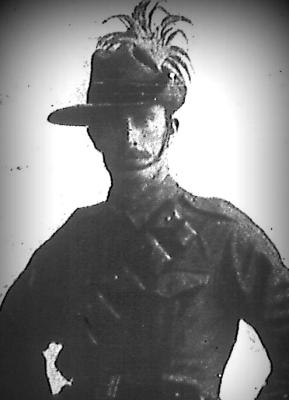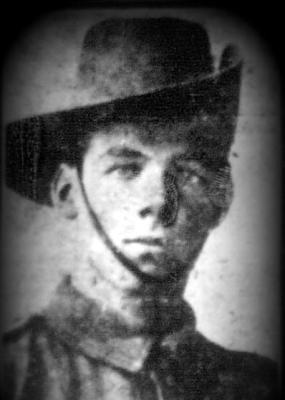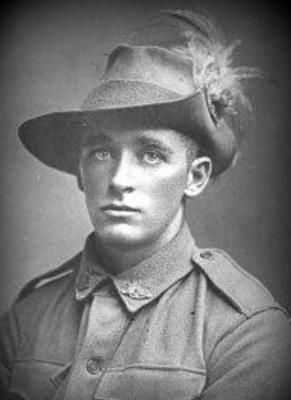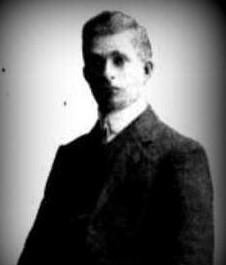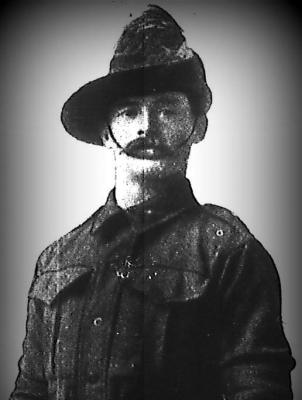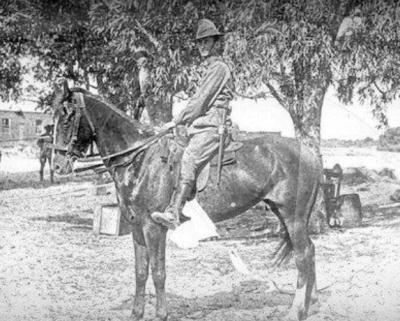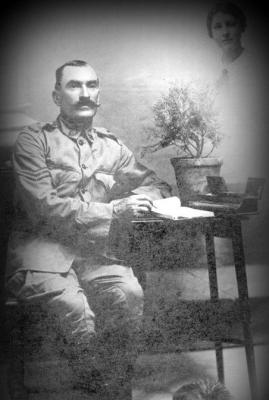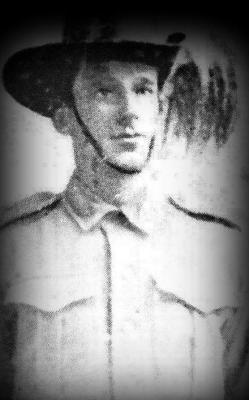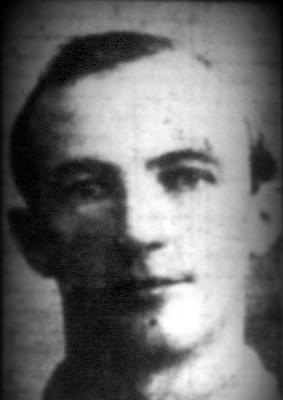Lord Roberts Workshops - Kitchener Doll 1916
The doll has a cloth body with composition head, hands and feet. The head has moulded hair and moustache. The doll is dressed in a khaki uniform with a leather belt and gun holster. The peak cap is made of the same khaki material and has a leather peak. The ribbons are embroidered, and the buttons are fashioned from metal paper fasteners. A length of 13 mm wide cotton tape is wrapped round each leg to represent puttees. The doll was designed to be supported on a stand.
Kitchener initially rose to prominence upon becoming Commander-in-Chief of the Egyptian army and taking the city of Khartoum in 1898 after a two-year battle which earned him the nickname of "Kitchener of Khartoum". He cemented his reputation towards the end of the Boer War, during which time Australian troops came into contact with him and British military justice.
.
From 1902 -1909, Field Marshall Viscount Kitchener commanded Britain's Indian forces. In 1909/10 he visited Australia at the invitation of Prime Minister Alfred Deakin to inspect and advise on the country's defence preparedness. Kitchener's report, submitted in February 1910, recommended the introduction of compulsory military training, which was immediately adopted, as was the establishment of the Military College, Duntroon. His visit was accompanied by popular outpourings of sentiment and the production of countless souvenirs.
The British government had no hesitation in appointing Kitchener the Secretary of State for War in 1914, employing his face on the now famous "I Want You" and “Your Country Needs You” recruiting posters.
Against his better judgement, and under considerable pressure from Winston Churchill, Kitchener agreed to support the Gallipoli campaign in February 1915, but its disastrous outcome damaged his military reputation.
His tour of Gallipoli on 13 November 1915 included meeting Australian troops and their commanders. Kitchener died on 5 June 1916, when the cruiser he was sailing on was sunk by a German mine off Scapa Flow
Details
Details
A product of the Lord Roberts Workshops in England, which were set up during the First World War to provide employment to disabled soldiers and sailors, this doll was a popular feature of their "Patriotic" series. Because of a shortage of bisque headed fashion dolls from France and Germany as a result of the war, a doll factory was established in Katanning to meet local demand for dolls.
In December 1916, seven-year old Mollie Mitchell of Wooroloo, Western Australia asked for a Kitchener doll for Christmas. The doll was made as a representation of Field Marshall the Right Honourable the Earl Kitchener, KG, KP, GCB, OM, GCSI, GCMG, GCIE, ADC, PC (24 June 1850 – 5 June 1916).. The doll is displayed in the World War 1 Gallery.
Australian Army Museum of Western Australia
Australian Army Museum of Western Australia
More items like this
Other items from Australian Army Museum of Western Australia
- Diorama - World War 2, Anderson Shelter, AWAS and VAD, 1943
- Trench Maps (1:20,000 scale, 1:10,000 scale and larger)
- World War 1, Australia, Western Australia, 431 LEE, 10 Light Horse
- World War 1, Australia, Western Australia, 387 CROWE, 10 Light Horse
- World War 1, Australia, Western Australia, 433 LIVESEY, 10 Light Horse
- World War 1, Australia, Western Australia, 384 COLE, 10 Light Horse
- World War 1, Australia, Western Australia, 380 BUTLER, 10 Light Horse
- World War 1, Australia, Western Australia, 379 BUNCE, 10 Light Horse
- World War 1, Australia, Western Australia, 374 BRENNAN, 10 Light Horse
- World War 1, Australia, Western Australia, 351 WILLIAMS, 10 Light Horse
- World War 1, Australia, Western Australia, 372 BLAKE, 10 Light Horse
- World War 1, Australia, Western Australia, 370A BESSEN, 10 Light Horse
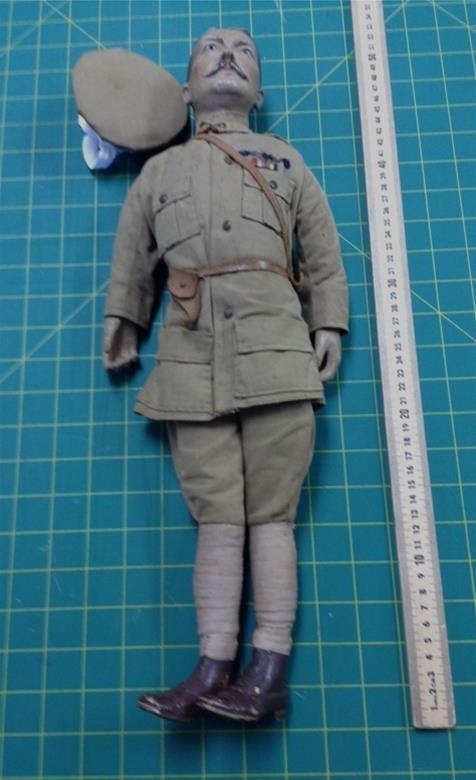

Scan this QR code to open this page on your phone ->

